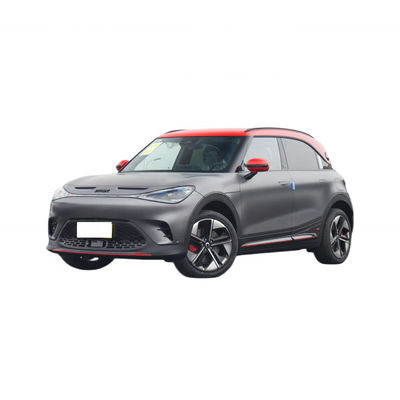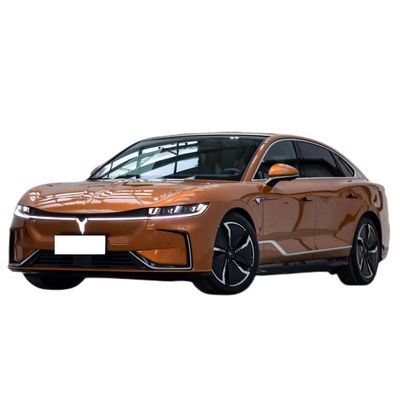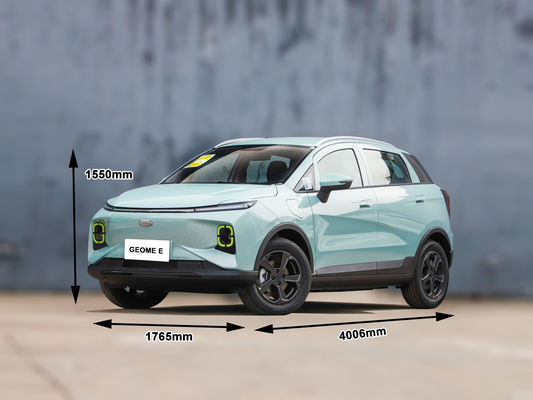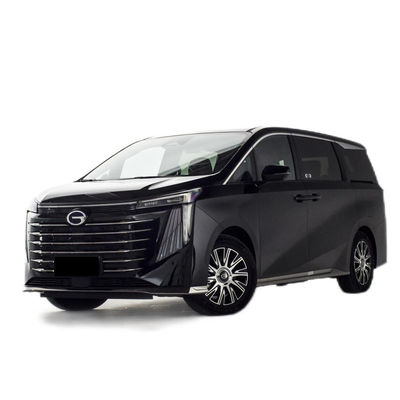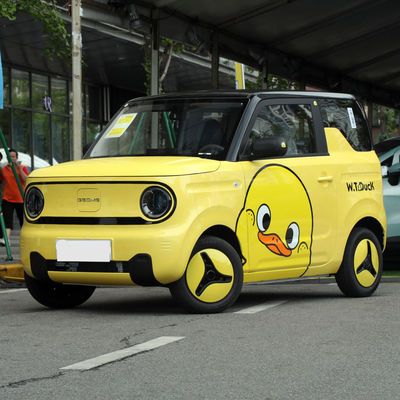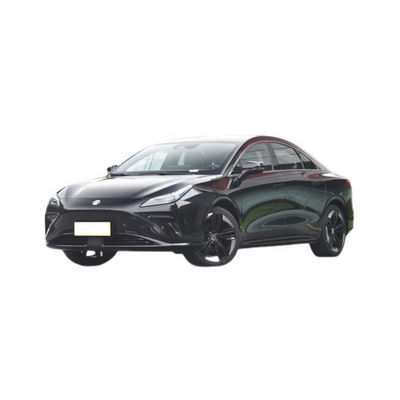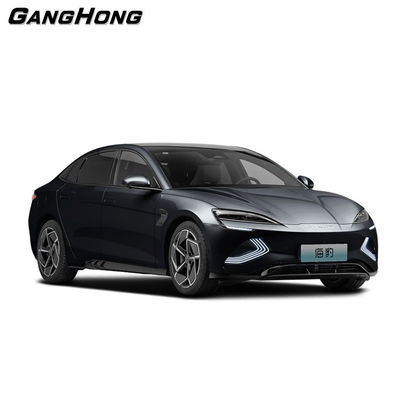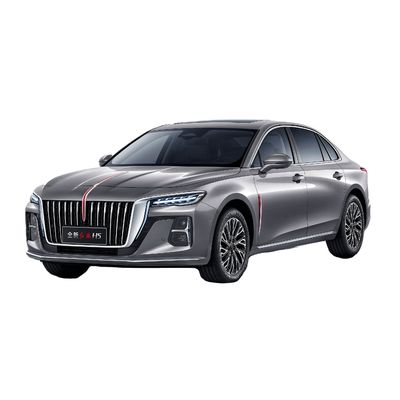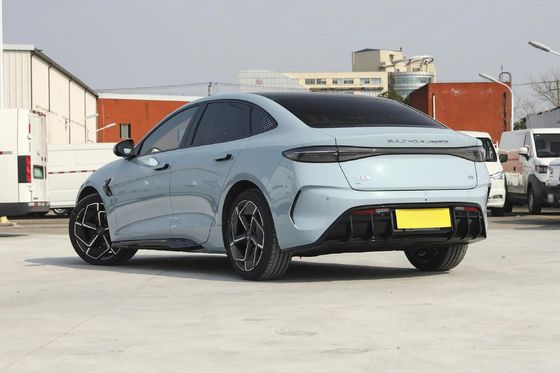BYD Seal EV 2023 Champion Edition 700km long battery life, super fast charging
| Energy type |
EV |
| Maximum power (KW) |
230 |
| CLTC pure electric cruising range |
700 |
| Maximum torque (N·m) |
360 |
| Length*width*height (mm) |
4800*1875*1460 |
| Body structure |
4-door, 5-seat sedan |
| Maximum speed (km/h) |
180 |
| Official 0-100km/h acceleration (s) |
5.9 |
| Curb weight (kg) |
2015 |
| Maximum full load mass (kg) |
2390 |
| Number of drive motors |
1 |
| Motor layout |
rear |
| Battery Type |
Lithium iron phosphate battery |
| Battery energy (KWh) |
82.5 |
| Electricity consumption per 100 kilometers (kWh/100km) |
13 |
| Fast charging function |
YES |
| Fast charging power (KW) |
150Kw |
| Fast charging time (hours) |
0.5 |
Introduction to BYD Seal EV 2023 Champion Edition 700km
Powertrain Section:
It utilizes an in-house developed lithium iron phosphate battery pack that provides a single charge range of 700km. Powered by the latest 800V high voltage system with Silicon CarbideFET transistors. The active cornering power control system independently controls each of the four wheels to improve cornering capability and stability.
Interior Design:
Adopts the convenient plug-in battery technology from SAIC Motor Corp to ensure safety. The interior uses a flexible Softube design that allows the seat to stretch seamlessly into a spacious functional area, creating a comfortable and roomy interior space.
Intelligent Driving:
Leverages Horizon Net for remote control functionality and real-time fault localization. Equipped with the NVIDIA DRIVE control unit to provide an intelligence foundation for autonomous driving functions. The 12.3-inch surround display interface supports gesture recognition controls and delivers an intuitive human-machine interaction.
Here is the description of NVIDIA DRIVE system control unit's main intelligent driving functions
Advanced driver-assistance systems (ADAS):
Includes features like lane keeping assist, automatic emergency braking, autonomous parking etc.
Adaptive cruise control (ACC):
Can automatically adjust vehicle speed and distance to the preceding vehicle, reducing driving stress
Front object recognition:
Utilizes computer vision and deep learning algorithms to identify and track surrounding traffic participants in front.
Lane recognition:
Detects road lane lines through camera to provide reference for autonomous driving.
Traffic sign recognition: Real-time identification and reading of speed limit and instructional signs on roadside.
Dynamic driver monitoring:
Monitors driver's alertness, posture and gaze through body, head and eye detection to ensure safe driving.
Urban localization and navigation:
Enables autonomous driving navigation using high-precision maps and localization system.












 Your message must be between 20-3,000 characters!
Your message must be between 20-3,000 characters! Please check your E-mail!
Please check your E-mail!  Your message must be between 20-3,000 characters!
Your message must be between 20-3,000 characters! Please check your E-mail!
Please check your E-mail! 
